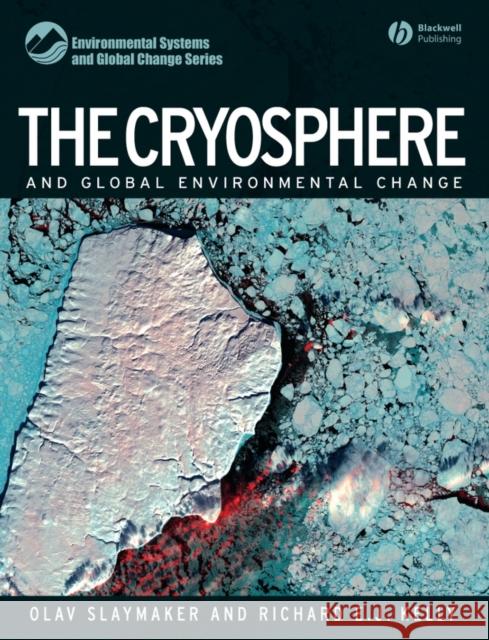The Cryosphere and Global Environmental Change » książka
topmenu
The Cryosphere and Global Environmental Change
ISBN-13: 9781405129763 / Angielski / Miękka / 2007 / 280 str.
This is the first textbook to consider all aspects of the cryosphere system in the context of global environmental change driven by human activity and climate.
- Considers all six aspects of the cryosphere - ice sheets, glacier ice, permafrost, river and lake ice, sea ice and snow - in the context of global environmental change driven by human activity and climate.
- Describes a new concept of cryosphere transience and landscape transition which links climate, hydrology, ecology and geomorphology.
- Looks at the evidence, process, and patterns of cryosphere change, on local and global scales.
- Provides a wealth of data to inform the current global environmental change debate.











